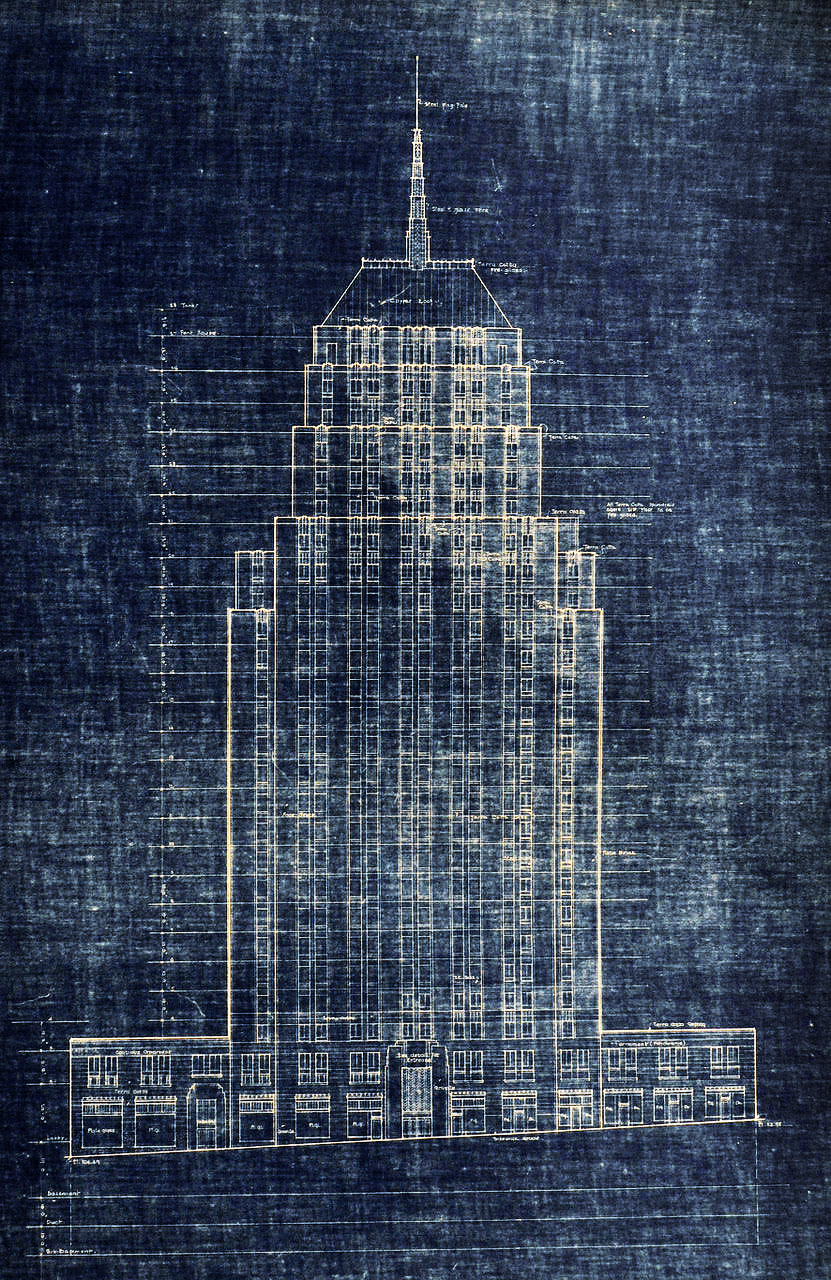
The Museum's online series The Modern Concrete Skyscraper continues with a look back into the early 20th century with a talk by structural engineer and historian Tyler Sprague on the unique development of concrete skyscrapers in the Pacific Northwest. In the early 1900s, as Seattle grew into a significant urban center for the region, its early high-rises were made of imported structural steel. At the same time, however, advances in reinforced-concrete construction that came about through the increased production of a local, high quality cement in the North Cascades created a low-cost, high-performance building material that Northwest architects and engineers began to apply to high-rise design.
Sprague outlined how the combination of new material supply, developing technical expertise, building code changes, and design creativity led to this regional expression in skyscraper history that found its apogee in 1931 with the never-completed 28-story Seattle City Light Tower, a building that would have been one of the tallest reinforced-concrete skyscrapers in the world.
Tyler Sprague
Tyler S. Sprague is a structural engineer and historian in the Department of Architecture at the University of Washington, with an adjunct appointment in Civil and Environmental Engineering. He earned engineering degrees from the University of California, Berkeley and the University of Washington, and worked professionally as a structural engineer, before completing his Ph.D. in architectural history. His book, Sculpture on a Grand Scale: The Thin Shell Modernism of Jack Christiansen, was published by the UW Press in 2019.
The video begins with a brief introduction by Museum director Carol Willis, followed by Tyler Sprague's presentation. A short Q&A concludes the program.